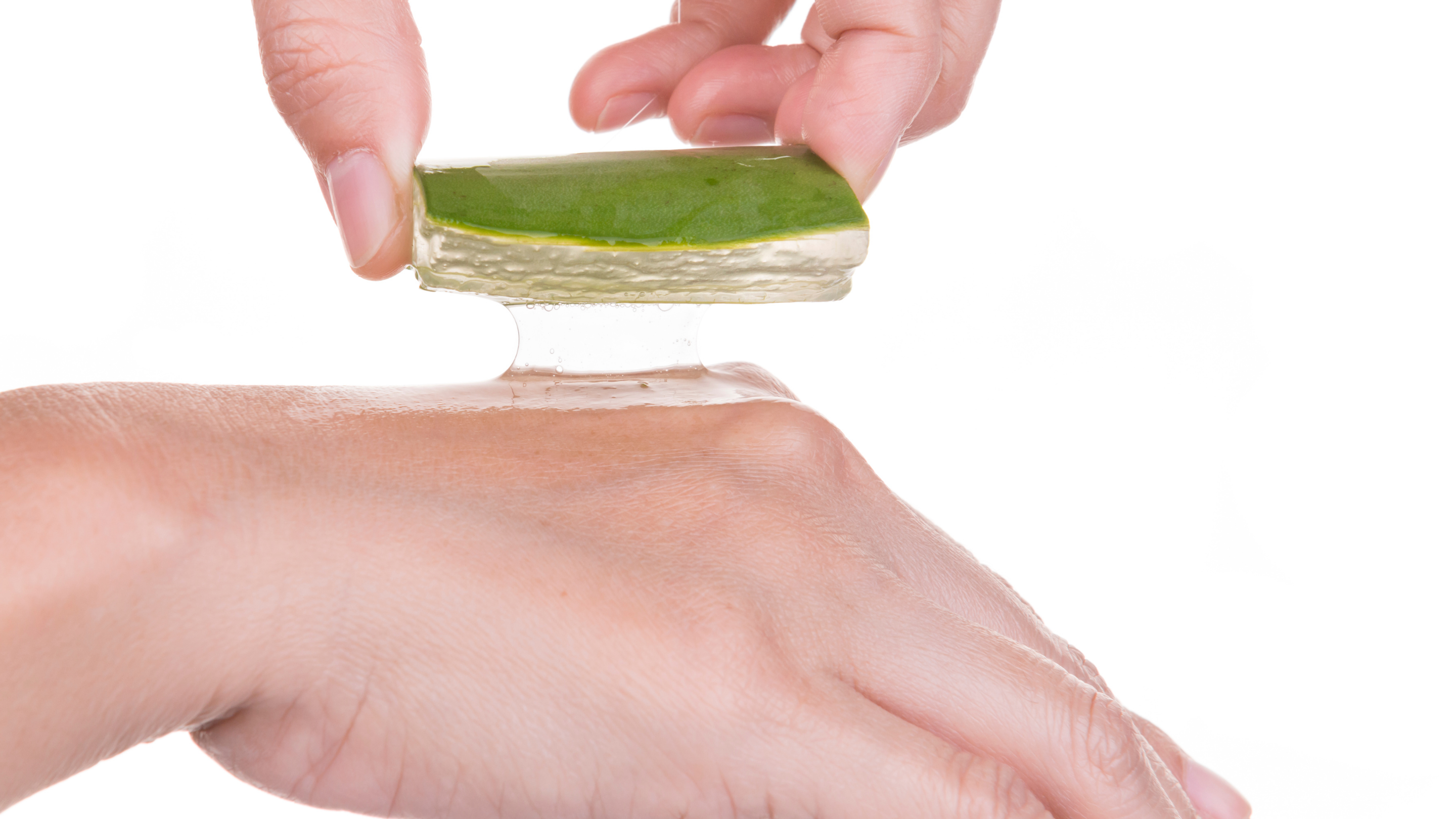
How Aloe Vera Is Suitable For Acne & Skin Rashes
Aloe vera treats a large number of skin conditions—that is why it is so commonly found in cosmetic products as well as medicinal products that directly target the body's surface or the different layers of skin.
The bio-active properties of the Aloe Vera are therapeutic as well and the plant has a long established reputation in the world of Complementary and Alternative Medicine (CAMS). The plant is well-known for its trans-dermal properties.

Aloe vera gel is a natural anti-bacterial substance. That means it can be directly applied to the skin, kill acne-causing bacteria, and help lessen the associated redness that seems to follow acne around like a shadow.
It can reach deeper body tissues, allowing it to take all the nutrients of the aloe into the skin. Inflammatory type of skin problems such as eczema, psoriasis, and acne, can benefit from these high transdermal and anti-inflammatory properties.
Further results have shown glycol-nutrients act as humectants— a substance that absorbs or helps another substance retain water and moisture.
Aloe helps retain moisture in damaged tissue; the penetrating power of Aloe allows water and other moisturizers to sink deeply into the skin, replenishing lost fluids and restoring the fatty layer.

According to research, studies found that a compound in aloe vera called “aloesin” may help reduce hyperpigmentation in acne scars. It will help reduce the overproduction of melanin (a darker pigment that can make acne scars more noticeable).
Aloe Vera allows uronic acids (which strip toxic materials of their harmful effects) to penetrate deeply, making the cleansing astringent qualities of Aloe more effective.
There are numerous ways to use aloe vera for skin break out. You can make your own skin creams, moisturizers, cleans, and even combine them with other natural products to treat acne or skin inflammation.
Infographic: 6 Tips to Clear Your Acne




Leave a comment
This site is protected by hCaptcha and the hCaptcha Privacy Policy and Terms of Service apply.